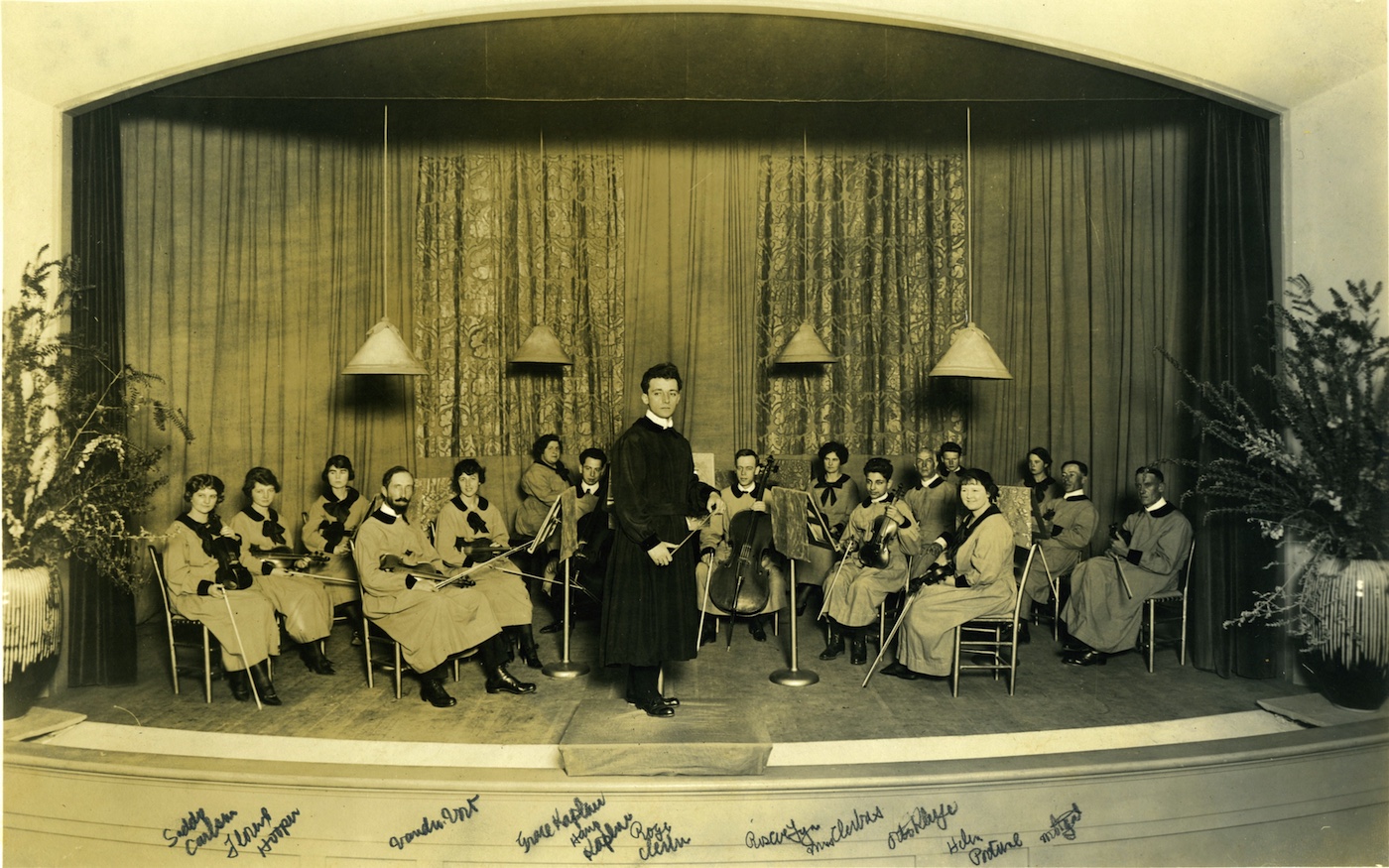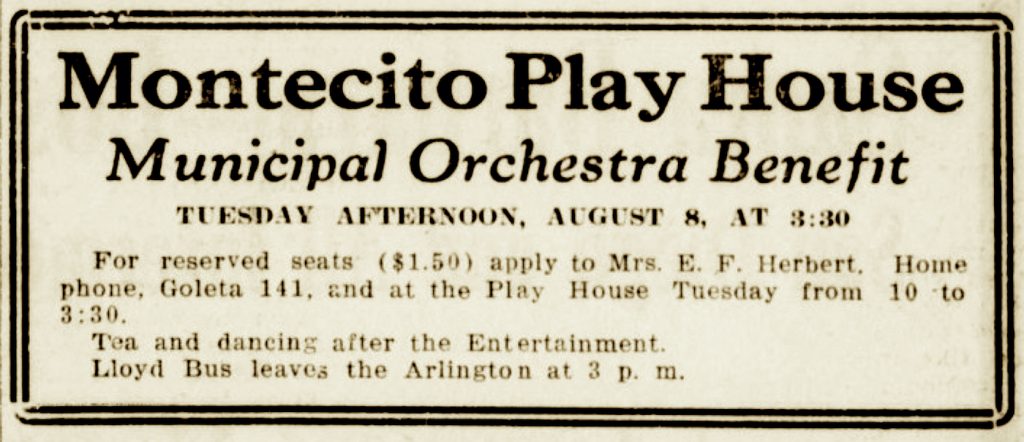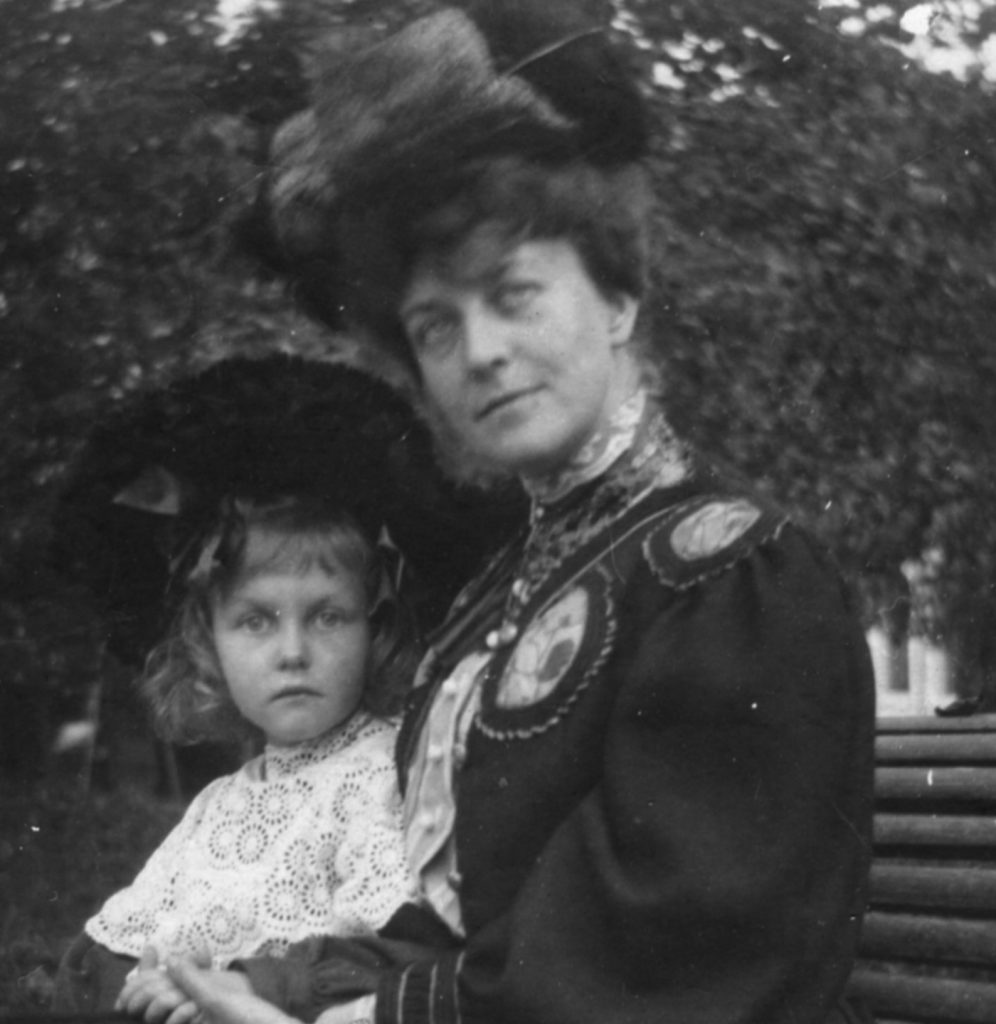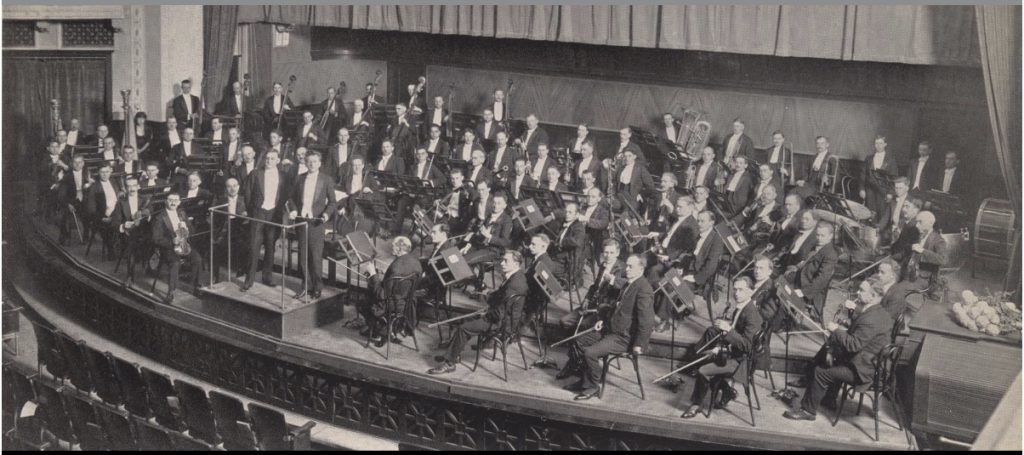Red-Letter Days for CAMA

On March 6, 1920, the Morning Press reported that the petroleum industry was booming in Ventura, prohibition agents were arresting bootleggers and rumrunners, and fruit vendors were setting up stands along the highways so booze-deprived drivers could quench their thirst by sucking on oranges. (I kid you not, there was an article in the newspaper!) In addition, a small-pox epidemic had closed the schools and authorities were urging that children be vaccinated. The Parent Teacher Association, on the other hand, insisted that the schools should reopen regardless. What made March 6th a red-letter day, however, was that the fledgling Civic Music Committee was bringing the newly minted Los Angeles Philharmonic to the Potter Theatre that night.

One hundred years later, on March 6, 2020, the Los Angeles Times reported there were 220 confirmed cases of COVID-19 in 18 of the U.S. states. In California, there were 60 cases and two people had already died. Throughout the nation, toilet paper and hand sanitizer were disappearing from the shelves, as were many other items. A significant number of people questioned what all the frenzy was about. The flu, officials said, had killed tens of thousands more than COVID. Still, it was another red-letter day for Santa Barbara because the Community Arts Music Association (CAMA) was bringing the L.A. Phil to the Granada Theatre to play a 100th anniversary concert.

And what a magnificent concert it was! Maestro Gustavo Dudamel led the L.A. Phil through an exciting program of Charles Ives’ Symphony No. 2 and Antonín Dvoráks’ Symphony No. 9 From the New World. Unfortunately, it would be the last celebratory day for CAMA that year. When schools closed and gatherings were forbidden, the season was cancelled. Nevertheless, CAMA continued to bring the best of the world’s classical music to Santa Barbara by quickly adapting to virtual formats in a variety of creative ways.
In 1921, a year after the L.A. Phil’s first performance in Santa Barbara, also on March 6, the new Music Branch of the new Community Arts Association celebrated its own scarlet-letter day; the first concert by a community orchestra made up of local musicians. Founded by artist Adele Herter and conductor Georges Clerbois, the organization was funded by Clara Hinton Gould in memory of her late husband. That Sunday afternoon found members of the new orchestra in purple robes designed by Adele Herter, and playing an ambitious program of Schubert, Saint-Saëns, Chopin, Lacombe, Liszt, and Grétry on the Recreation Center stage.
An Elevated Class of Music
From these two antecedents (the Civic Music Committee and the Community Arts Music Branch), CAMA was born. Of course, even antecedents have antecedents and the most immediate was an organization formed in June 1916 – the Municipal Orchestra Committee. This group was determined to devise a high-class orchestra made up of local musicians who would play an elevated class of music at Sunday concerts. Georges Clerbois was often its conductor.
The following year, the Municipal Orchestra Committee decided to bring Adolph Tandler’s Los Angeles Symphony to Santa Barbara for a series of concerts that served as fundraisers for the local group. Even the Montecito Country Playhouse participated with its own benefit for the cause. But the winds of war were blowing; on April 6, 1917, the United States entered the European conflict (WWI) by declaring war on Germany. On April 15, the municipal orchestra played its last concert and promptly folded.

The Civic Music Committee and the Music Branch, therefore, began as resurrections of this previous effort. Eventually the Music Branch took over the Committee’s work of bringing the L.A. Phil to Santa Barbara and blossomed into an exciting and vibrant organization that brought a variety of the best orchestras and performers of classical music to town, as well as developed the talents of local musicians.
The 101 years that have passed have not been without challenge. The richness of programming in the 1920s was diminished by a global depression followed by another world war. When the Community Arts Association folded, CAMA incorporated and carried on. Through economic recessions, wartime blackouts, changing musical tastes, political upheaval, and now, another life-altering pandemic, the dedicated board and generous donors of CAMA have diligently and creatively found ways to continue bringing the world’s finest classical music to Santa Barbara. Bravissimo!
(For more on the story of CAMA and the LA Phil, go to vimeo.com/camasb/Beresford on March 6 for a link to the pre-concert slide show and lecture by yours truly on the one-year anniversary of that personal red-letter day.)





